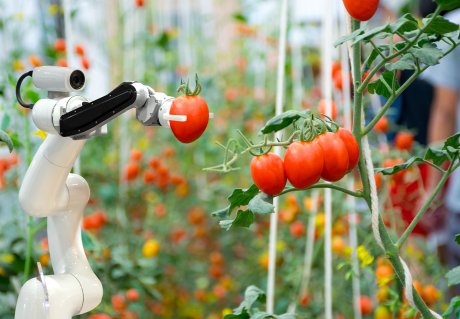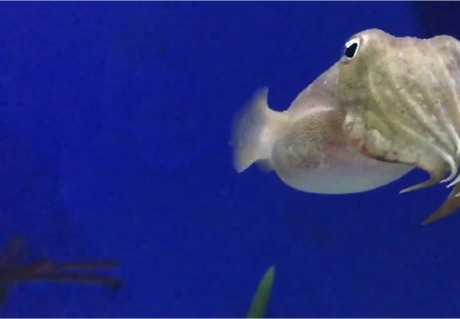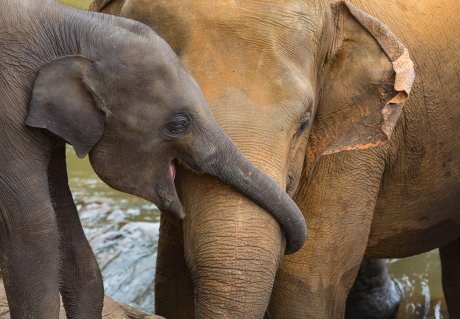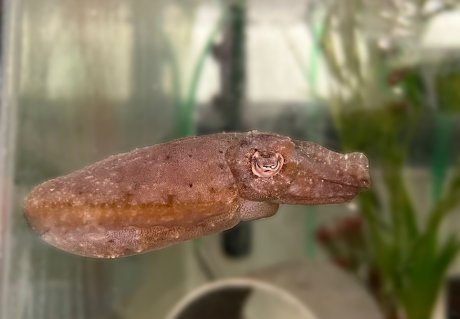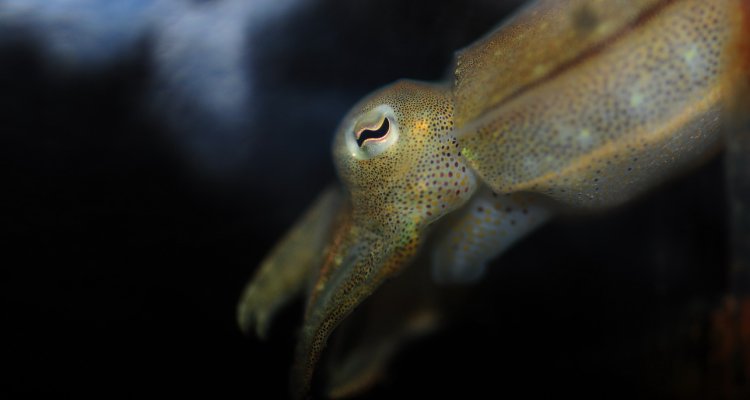
Bioinspired design
Over the course of 3.8 billion years, nature has evolved versatile solutions for survival. By taking inspiration from nature, many engineers and designers have translated such solutions to human-made devices, structures, and technologies.
However, many times this translation lacks input and knowledge from biologists. In this research track, we aim to fill this gap by investigating the functional morphology and locomotion of animals using a quantitative approach to reveal underlying physical principles that can be translated to bioinspired designs.
Our approach is mostly experimental with mathematical modeling and numerical simulations to support our experiments. The experimental techniques we typically use are: three-dimensional high-speed videography, indentation measurements for characterizing materials and adhesives, morphological measurements using various techniques (e.g., tissue staining, computerized tomography, epi-fluorescent microscopy, and magnetic resonance imaging), particle image velocimetry (to visualize and quantify fluid flows), and building robotic and physical models to represent the biological organism.
The organisms that we are currently studying include cuttlefish, stick insects, earthworms, mosquitoes, and flies. However, we are always open to study other animals that may have potential for bioinspired designs.
In short, this research track aims to answer the question: how can we learn from nature and translate this knowledge to our own designs and technologies?
